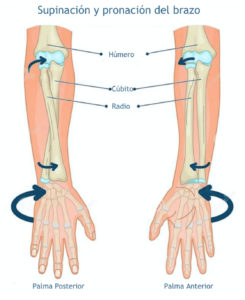 This is the first in a series of blogs that discuss the Wing Chun techniques that we use in our style. We will elaborate on how the technique should be used to give the reader a deeper understanding of what to focus on while performing the action.
This is the first in a series of blogs that discuss the Wing Chun techniques that we use in our style. We will elaborate on how the technique should be used to give the reader a deeper understanding of what to focus on while performing the action.
In many wing chun schools, the teacher will constantly use Cantonese names for each technique. Often, students struggle to follow these foreign names as they try to keep up with the movements and get stuck.
These posts should give the Wing Chun student a reference they can study so that they can easily follow the teacher during a class. They should therefore feel more comfortable while training.
Let’s start with Tan Sau. It is one of the first wing chun techniques that we learn as we begin our Wing Chun learning. It has various translations, such as «flat hand or palm up, hand that deviates, … literally it means «hand that receives».
Tan Sau details
There are 2 points that beginners often overlook when doing the Wing Chun – Tan Sau technique.
1 – Do not start the movement by opening the elbow joint or moving the hand. This has happened to all of us at the beginning of our journey, as it is challenging for us to relax and the postural habits and movements were have ingrained in our body still persist.
Actually, the movement should start at the shoulder blade. If someone grabs your wrist, it would be difficult to open the elbow joint or try to move your hand forward. You would be using force against force. But we can drop our elbow and easily stretch the shoulder blade to start the movement, which would be advantageous.
2 – Not simply pushing the hand forward, but using a spiral movement.
This is consistent in relation to the principle of «do not use force against force».
 One of the many «secrets» attributed to Siu Nim Tao and Tan Sau stems from a «spring load» of the bones and connective tissue of the forearms through the process of supination (spiralling out), pronation ( spiralling inward) with elasticity.
One of the many «secrets» attributed to Siu Nim Tao and Tan Sau stems from a «spring load» of the bones and connective tissue of the forearms through the process of supination (spiralling out), pronation ( spiralling inward) with elasticity.
Thanks to my student Jose Juan Hernández Mancebo for his great work in creating this article.
Why not try out a class and discover Wing Chun. Find out more
